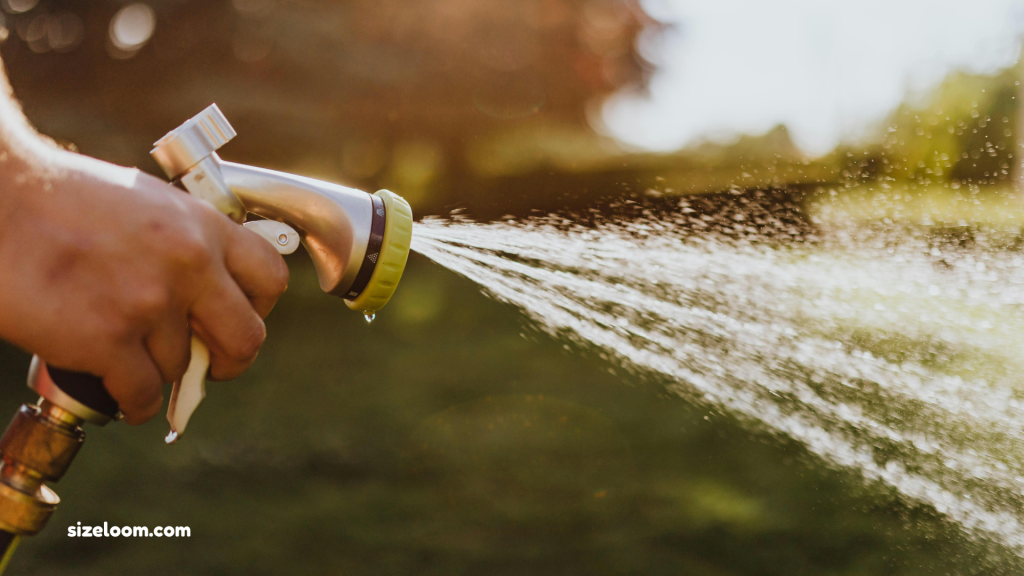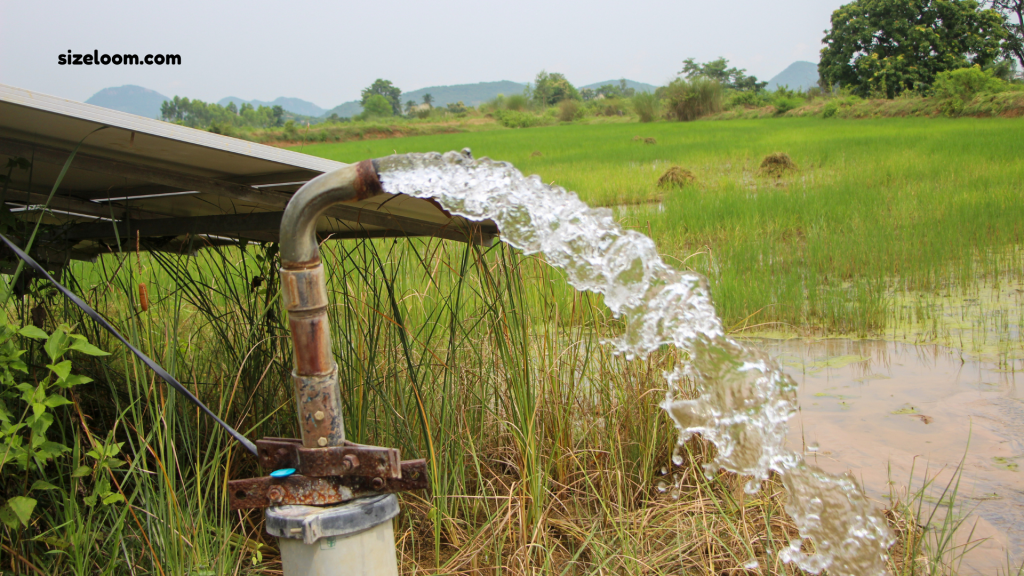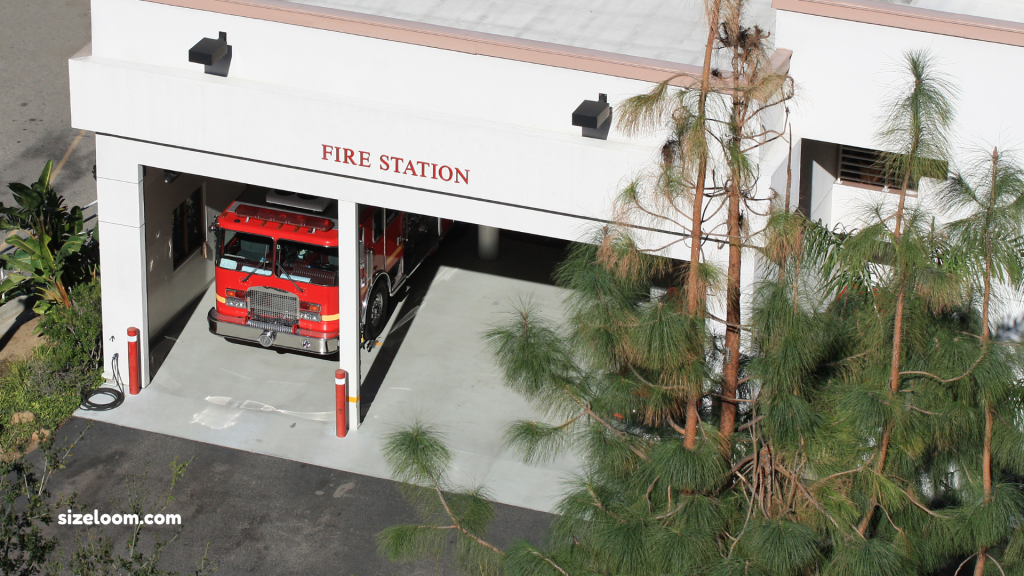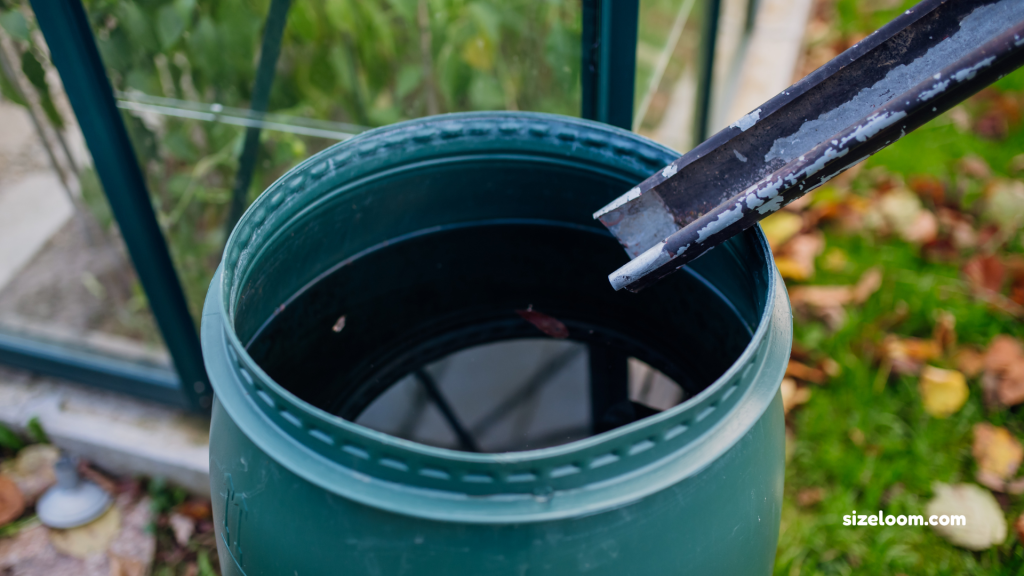Filling a swimming pool can quickly become one of the most expensive aspects of owning a pool. Whether you’re filling up a new aboveground pool or refilling an existing pool after maintenance, the cost of water can add up. The method you choose will depend on a variety of factors such as the water supply available, the water rate in your area, and how quickly you want to fill your pool. In this article, we’ll explore some of the most budget-friendly options to fill your pool, focusing on both traditional and alternative methods.
What is the Cheapest Way to Fill a Pool with Water?
The cheapest way to fill a pool depends on several factors, including the type of pool, your location, and the available water sources. Some methods are more affordable but may take longer, while others can fill a pool faster but come with a higher price tag.
Here are the most common ways to fill a pool:
- Using your garden hose from the house supply is a simple but sometimes expensive option for larger pools.
- Well water is a highly affordable option if you have access to a well on your property, but it may require additional treatment.
- Water delivery services are fast and convenient but might come with a higher cost, especially for larger pools.
- Rainwater collection offers an eco-friendly, low-cost method, but its reliability depends on your local climate.
Let’s go over these options in more detail to help you determine the most cost-effective way to fill your pool.
More to See: How to Create a Password You’ll Actually Remember: Simple Tips That Work
Bringing a Garden Hose from Your House Supply

Using your municipal water supply to fill your pool via a garden hose is the most common method. It’s simple to set up and works well for smaller pools or pools with an average depth of 4 feet or less. However, using city water to fill larger pools can be expensive due to the water rate charged by local utilities.
Key factors to consider:
- Water rate: Different regions have varying water rates, which can impact the cost significantly. Be sure to check your local water supply rates before filling your pool.
- Pool size: Larger pools, especially those with 20,000 gallons or more, will require much more water, increasing costs. If your pool has an average capacity of 20,000 gallons, it’s important to calculate the cost of filling it based on your municipal water pricing.
- Time of year: Some areas increase water rates during peak seasons, so you may want to fill your pool during off-peak months to save money.
This method works well for smaller swimming pools, but for larger ones, the cost of water can become a significant consideration.
Well Water

If you own property with access to a well water source, this can be a very affordable option for filling your pool. Unlike municipal water, well water is typically free. However, there are some factors to keep in mind:
- Water quality: Well water can contain minerals such as iron, which can stain your pool liner and affect the water chemistry. You may need to treat the water with a water softener to remove these minerals.
- Pump capacity: Your well’s pump must be able to handle the flow of water necessary to fill your pool in a reasonable time. If you have a high water volume, this may take a longer time to fill, especially for larger pools.
- Regulations: In some areas, there may be limits on the amount of water per day that can be extracted from a well. Be sure to check with local authorities.
For those with access to a well, filling a pool with well water is often the most budget-friendly option.
Try This: How Far is 500 Feet? 9 Common Things That Are 500 Feet
Water Delivery Services

For convenience and speed, pool water delivery services are a great option. These services specialize in delivering bulk water directly to your pool using tanker trucks. They are ideal for those who need to fill a pool quickly, particularly for larger pools that may require over 20,000 gallons of water.
Advantages of using water delivery services:
- Quick and easy: Water delivery services can fill your pool within hours, compared to several days using a garden hose.
- Pre-chlorinated water: Some delivery services offer pre-chlorinated water, which can save time on pool maintenance.
However, the cost of these services will depend on:
- Distance: The farther the delivery truck needs to travel, the more you’ll likely pay. Delivery to rural areas can be expensive.
- Volume of water: The larger your pool, the more expensive the service. For a 20,000-gallon pool, the cost of water delivery will vary based on the water volume.
- Service provider: Prices can vary depending on the company and the local market.
For those who prioritize speed and convenience, water delivery services are a great option, but they come with a higher price tag compared to other methods.
Fire Department Assistance

In some areas, local fire departments may offer water delivery services, especially in rural regions. This service is often less expensive than a commercial water delivery company and can be a great option if available.
What to consider:
- Availability: Not all fire departments offer water delivery, and in many cases, it’s only available during emergencies.
- Amount of water: Fire trucks may not be able to carry the volume needed for a large pool. It’s more suitable for filling smaller swimming pools or providing a partial fill.
- Costs: In some places, this service is offered for free, while in others, there may be a fee for the water and the delivery.
If you’re lucky enough to have access to this service, it can be an affordable way to fill your pool, especially for smaller aboveground pools or ground pools.
Rainwater Collection

Rainwater collection is an environmentally friendly and low-cost option for filling your pool, especially in areas with frequent rainfall. You can collect rainwater from your roof and direct it into a storage tank. Over time, this water can be used to fill your pool.
Benefits of rainwater collection:
- Free water: Once your collection system is set up, rainwater is essentially free. This can save you significant money, especially in regions with high water rates.
- Eco-friendly: Using rainwater reduces your reliance on municipal water supply and helps conserve natural resources.
However, there are some challenges:
- Weather dependency: Rainwater collection is only viable if your region receives enough rainfall. If your area experiences a dry spell, you may not have enough water to fill your pool.
- Collection system setup: You’ll need to invest in gutters, downspouts, and storage tanks to collect the water. While the setup can be expensive initially, it pays off over time.
For those with consistent rainfall, rainwater collection can be an affordable and sustainable option for filling a pool.
After Filling: How to Keep Your Pool Clean
After you’ve filled your pool with water, the next step is to ensure it stays clean and clear. Here are a few tips to maintain a sparkling pool:
- Pool filter: Invest in a quality pool filter to remove dirt and debris. Regularly clean or replace the filter to ensure it works effectively.
- Chemical balancing: Keep your pool’s water chemistry in check, including the chlorine levels, pH, and alkalinity. Use a chlorine calculator to determine the right amount of chemicals to maintain a safe swimming environment.
- Cover your pool: When not in use, cover your pool to keep debris out and reduce cleaning time.
Routine pool maintenance is essential to avoid issues like pool leaks and to prolong the life of your pool liner.
Conclusion
Filling a pool doesn’t have to be a financial burden. Whether you’re using municipal water, well water, or opting for water delivery services, there are multiple ways to fill your pool affordably. The best method for you will depend on factors like location, pool size, and water availability. By choosing the right method and maintaining your pool properly, you can enjoy your swimming oasis without draining your wallet. Say Hello to SizeLoom — Sizing Made Effortless.


